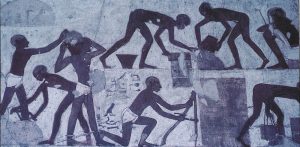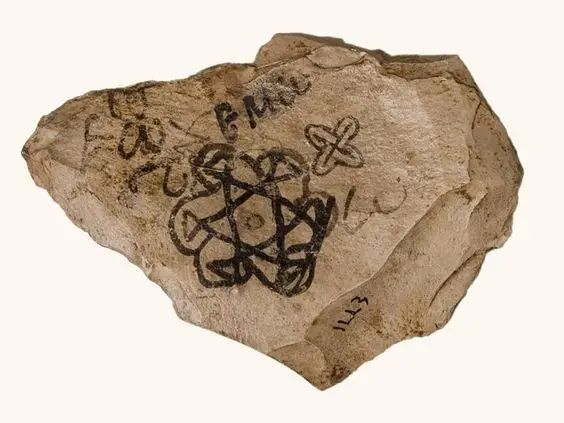In ancient Egypt, the domestic apprenticeship system was a part of the educational system. Apprenticeship was a system which prevailed from the Middle Ages to the Industrial Revolution, among the craftsman’s community and was largely vocational. Craftsmen and artisans offered Ancient Egypt apprenticeship to boys who began their training at the age of 12 or 13 under specific terms of contract called an indenture.

The term indenture derived its name from the fact that duplicate copies were indented. They were either intended or notched by being torn across the top so that they provide perfect identification when the pieces were matched. The indenture was signed by the master and the apprentice’s parents or guardian.
Ancient Egypt Apprenticeship Training
During an apprenticeship, the apprentice was bound to strictly to the service and care of his master as the apprenticeships lasted for many years. During an apprenticeship, a boy would work alongside the tradesman to learn from him. And for this, the father would pay a fee or money to have his son taught special skills.

In return, as per the contract, the apprentice received no wages but food, lodging, clothing, instruction, and sometimes a terminal payment. As soon as the terms of the contract were fulfilled and the boy finished his training, the apprentice became a journeyman as he might be a goldsmith, butcher, weaver, or musician.
During the New Kingdom, the military career was quite popular as it promised glory and respect to the person. Thus, the physically fit were encouraged to apply and join the military. They endured a harsh induction as well as life-long intense training.
Ancient Egypt Ostraca
The artisans and craftsmen who worked on the ancient Egyptian New Kingdom Royal Tombs also produced during their training thousands of figured ostraca, limestone chips with informal sketches. The craft training happened informally at the work site and in craftsmen village and not in a formal setting. The sketching on ostraca was a sort of opportunity to learn and practice the accepted artistic forms at the work site itself. These ceased to even test new forms and combinations.

In ancient Egypt, the structure of society was hierarchical such that everyone owned a duty to someone at a higher level, and ultimately to Pharaoh. It can be said that to a certain extent the whole of Egypt was in a state of servitude system. And ancient craftsmanship was passed through generations.